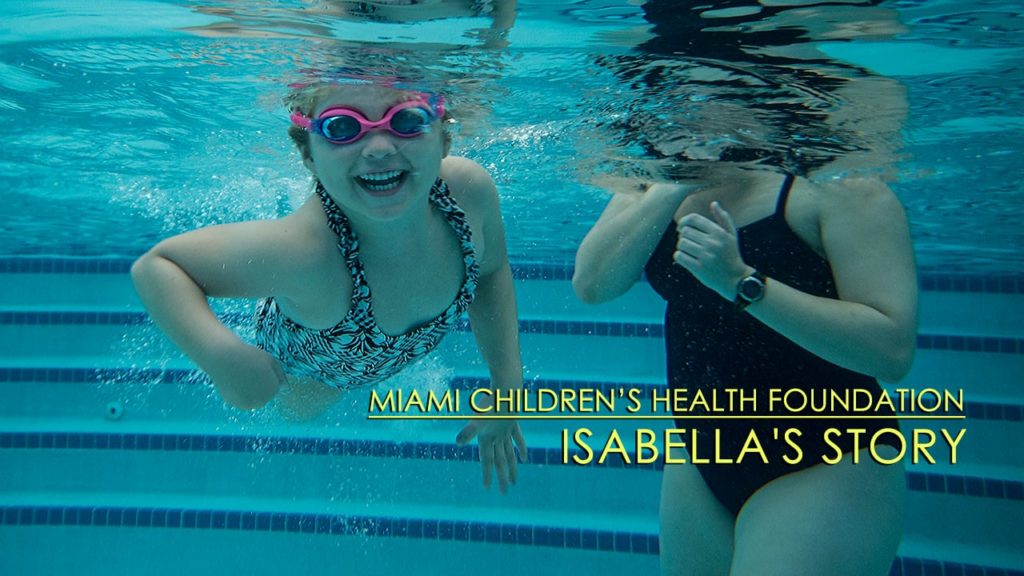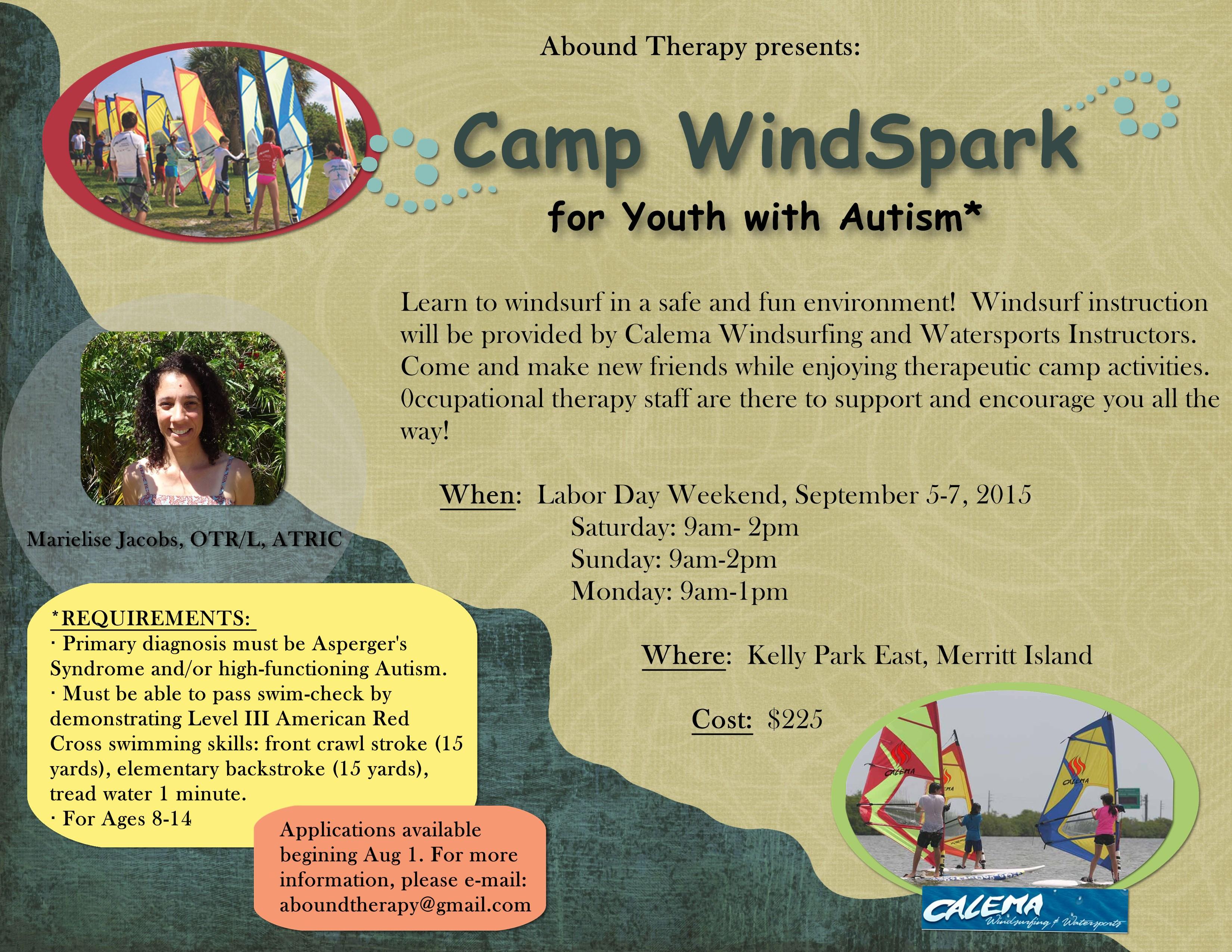Every child should get to experience the joy of swimming. It’s an excellent

4 Essential Water Safety Tips for Parents of Kids with Disabilities
physical activity with proven mental health benefits as well. While every parent should educate their child on water safety, parents of children with disabilities must take extra precautions.
I recently read a statistic from the National Autism Association that drowning is a leading cause of death for autistic children. That was startling, and it got me thinking about what precautions my neighbors and I should be taking to help protect the children with special needs in our neighborhood this summer.
So, where to start? First, I wanted to educate myself about general water safety. I recommend this overview resource on swimming safety for all parents. It touches on a wide variety of topics related to water safety. Then, I did some research to try and figure out the biggest areas of concern for children with disabilities. Here are a few essential tips:
Look for an adaptive life jacket. This great video from Safe Kids Worldwide is full of tips and addresses the needs of children with different types of disabilities. Its information on the importance of finding the right adaptive life jacket for your child is especially helpful.
Always be within arm’s reach. Danger in the water can pop up for any child in a heartbeat. Because some children’s disabilities may prevent them from protecting themselves, as May Institute notes, a parent or caregiver should always be close by when they’re in or around the water, even when the child is wearing a life vest.
Know what to look for in a swim program. As BrightHubEducation.com points out, swimming has many physical and cognitive benefits for children with disabilities. The article also explains how to take advantage of those benefits by finding a swim class that works for your child. It recommends looking for small classes with an experienced, trained leader.
Double check barriers. Pool fences are an important way to protect all children. Neapolitan Family Magazine suggests taking it a step further and using an alarm system that will alert you when someone has breached the area.
Time in the water can be extremely beneficial and enjoyable for children with disabilities. By following these tips, parents can feel confident in taking their child for a swim and everyone can truly enjoy the summer.
# # #
Patricia Sarmiento is a health and fitness buff. She loves blogging about health, wellness, fitness, and other health-related topics. A former high school and college athlete, she makes living an active lifestyle a goal for her and her family. She lives with her husband, two children, and their shih tzu in Maryland.




